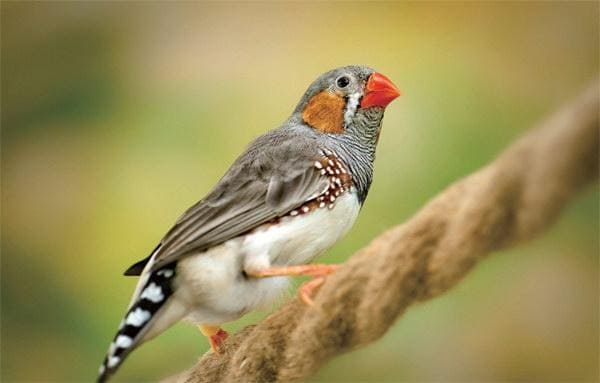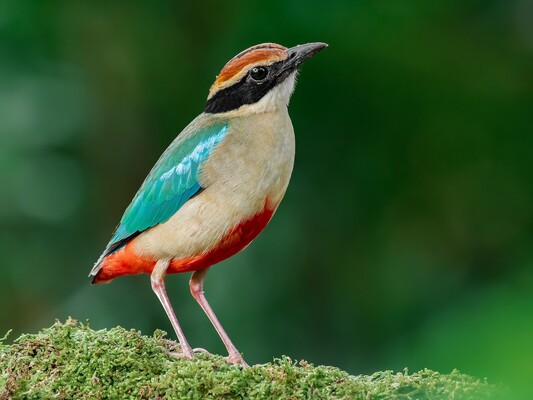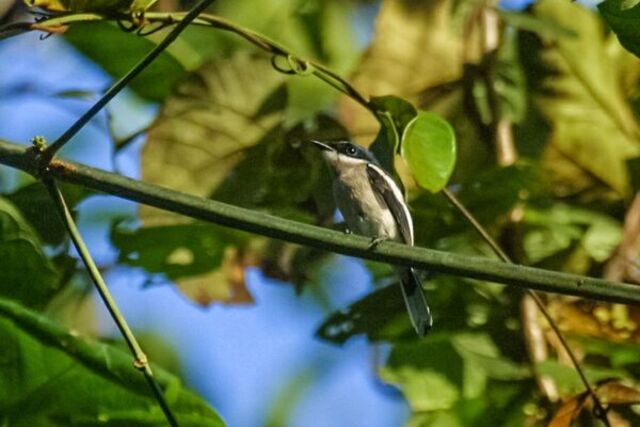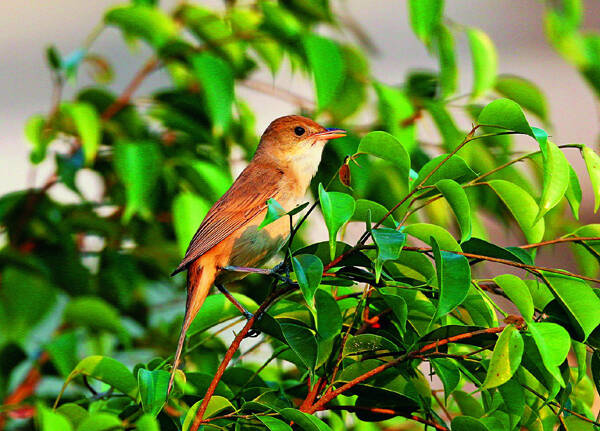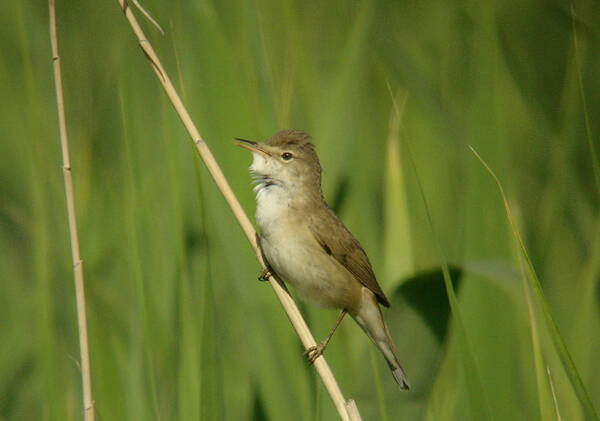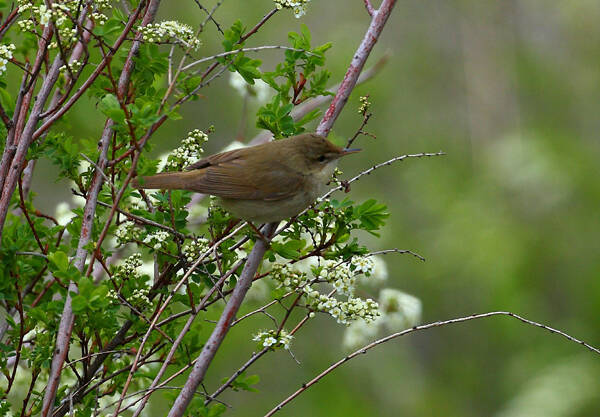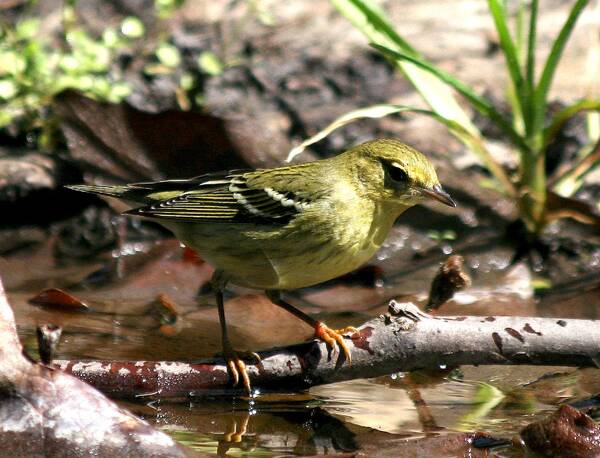Acrocephalus agricola
IUCN
LCBasic Information
Scientific classification
- name:Acrocephalus agricola
- Scientific Name:Acrocephalus agricola,Double-browed reed warbler, willow warbler, reed warbler, round-winged reed warbler
- Outline:Songbird
- Family:Passeriformes Flycatcher R.Warbler
Vital signs
- length:114-135mm
- Weight:8-12g
- lifetime:
Feature
The upper edge of the eyebrows is decorated with wide dark brown side crown lines.
Distribution and Habitat
In China, it breeds in the northwest and west of Xinjiang to the Qaidam Basin. There are records of stray birds in Hong Kong and Taiwan Island. The overseas breeding area extends from southern Russia through Central Asia to northwestern Mongolia and south to the Pamir Plateau. The wintering area is in Nepal, India, Bangladesh and other countries at the southern foot of the Himalayas.
The rice field reed warbler mainly inhabits the shore bushes, reeds and grasses of various water bodies such as lakes, reservoirs, ponds, and canals, as well as reed swamps, willow bushes and grasslands. It is sometimes also seen in the grass and meadow bushes beside rice fields.
Appearance
The white eyebrow is longer than the eye, with short side crowns, brown upper body, warm brown back, waist and tail coverts, white lower body, yellowish brown upper chest and flanks, brown iris, black upper beak, pink lower beak, pink feet.
Details
The rice field reed warbler is a small bird with similar plumage for males and females. It often moves alone or in pairs. It also moves in groups during the migration period. It moves quickly and swiftly between the branches of shrubs or grass stems, and occasionally jumps to the top of shrubs or grass, and then quickly drills into the shrubs and grass.
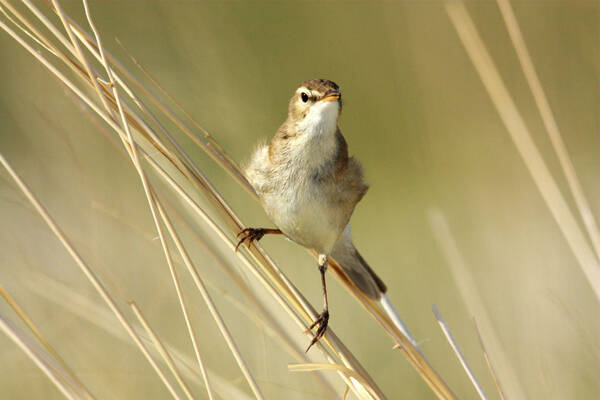
During the breeding period, they often sing on the tops of tall shrubs and grass stems. Their singing sound is a sharp "chik-chik" sound, and they also imitate the sounds of other birds around them. When singing, they often raise their tails vertically and swing them quickly. When excited, the feathers on their heads can also stand up.
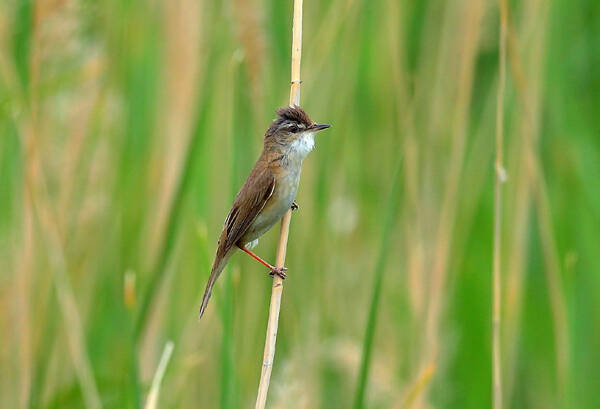
Mainly feed on insects and larvae of Coleoptera, Lepidoptera, Orthoptera, such as caterpillars and grasshoppers, and also eat other invertebrate foods such as locusts, beetles, spiders, etc.
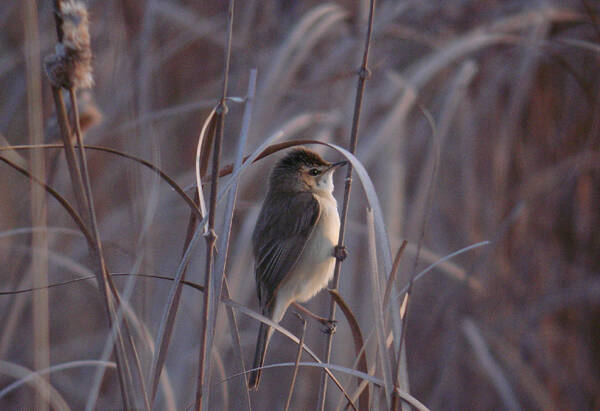
The breeding season is from May to July. The nest is built in the grass 0.3-1.2 meters above the ground or water surface by the water, and is occasionally found in the bushes. It is mainly composed of grass stems, leaves, pedicels, plant fibers, etc., and is padded with fine grass stems and leaves. Each nest lays 4-5 eggs, which are light green, olive or white, with brown or gray spots. The size of the egg is 17-20 mm × 12.0-14.1 mm.
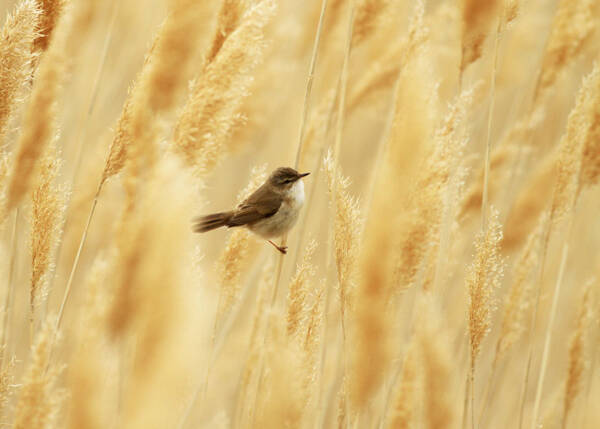
Listed in the "Red List of Threatened Species of the World Conservation Union" (IUCN) 2017 ver 3.1 - Least Concern (LC).

